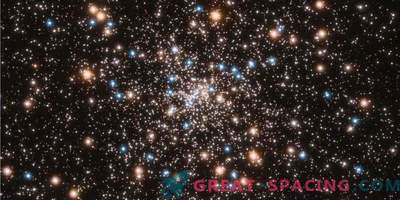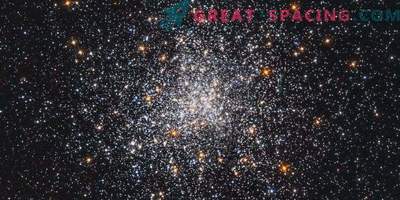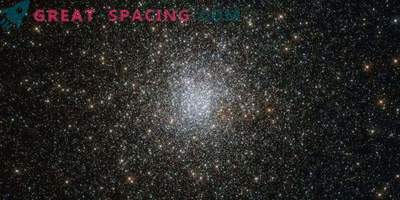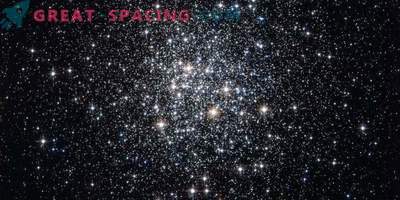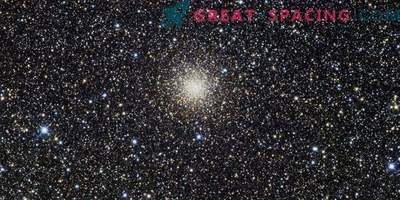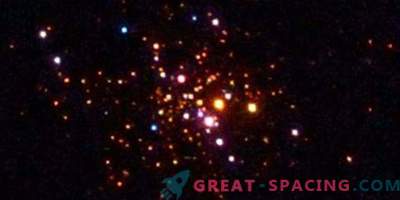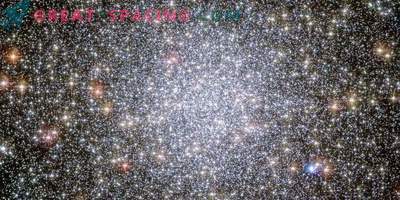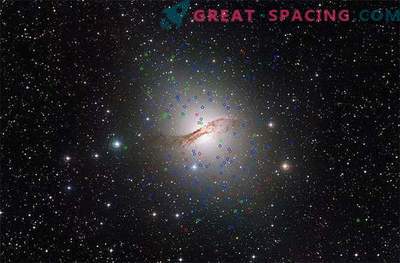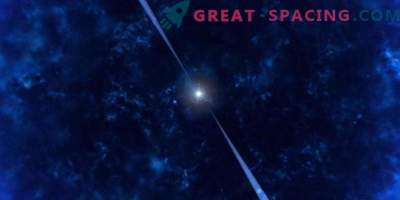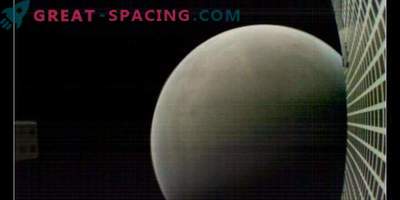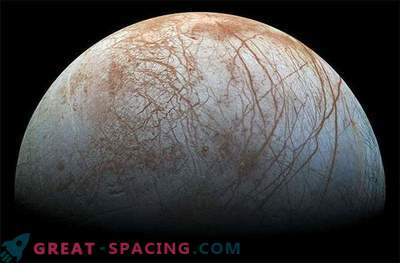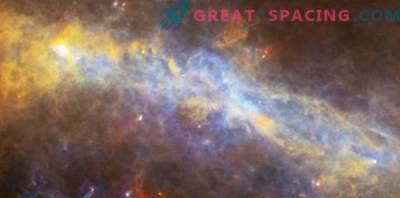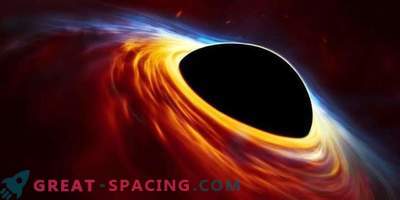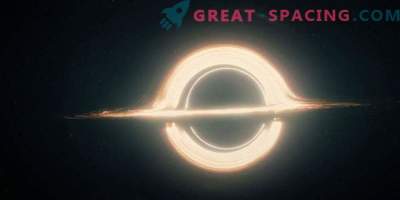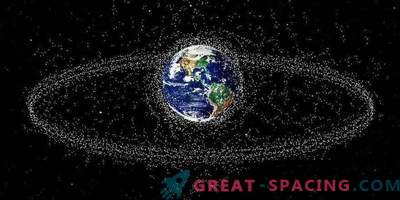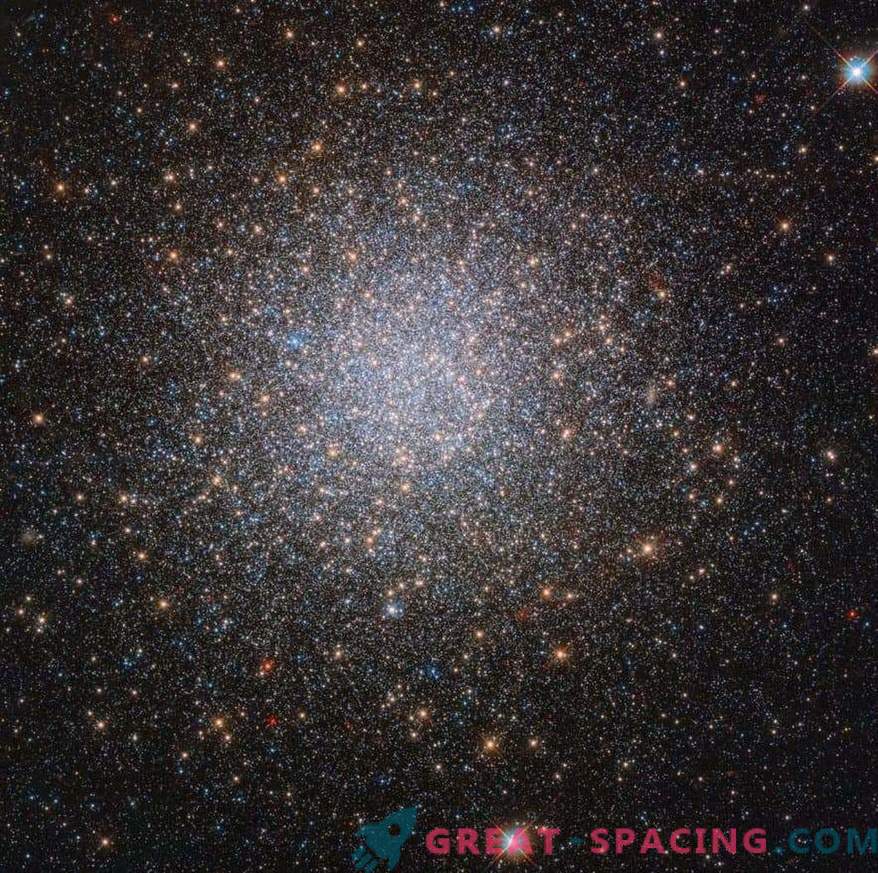
Globular clusters, like NGC 2419, observed in a photograph of the Hubble Space Telescope captivate with their beauty. Before you are spherical star groups revolving around the galactic center. For NGC 2419, the center of the Milky Way is the center, and the cluster itself is 300,000 light-years distant from our system and lies in the constellation Lynx.
Stars converge in age and characteristics (for example, metallicity). It's all about their formation at the beginning of the history of the galaxy. The stellar objects in the globular cluster appeared at about the same time, therefore they demonstrate similar properties. It is believed that this also applies to the presence of stellar helium. However, a review from Hubble showed that this is not always the case. It turned out that a particular cluster is represented by two separate populations of red giants, one of which is saturated with helium. Differences are also seen in nitrogen. Stars rich in helium are located closer to the center of the cluster. Now scientists want to understand how both groups appeared, and whether there is anything atypical for globular clusters in the formation of NGC 2419.

